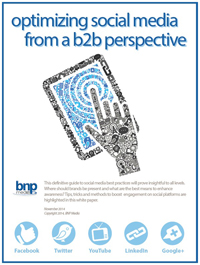There’s an interesting conundrum in the networking world these days. While end-user and IoT devices can be typically connected to a LAN via Wi-Fi, and sometimes using battery power, they need to be wired to anything to be functional. On a parallel stream Power over Ethernet (PoE) via structured cabling is becoming ubiquitous, powering displays, end devices and other IT components.
PoE is considered by the NEC as a Class 2 powering method, with an upper limit of 60 VDC and 100 watts. While that is substantial power that can work with many devices, the limits of structured cabling distance standards at 100 meters maximum may not work for some installations.
The 2023 National Electric Code (NEC) Article 726 provides for a new powering option, Class 4, which is also referred to as fault-managed power systems (FMPS). This standard allows for up to 450 volts AC or DC, with wattage capabilities up to 2,000 watts at 100 meters, and 1,000 watts at distances over 300 meters.
This type of power transmission not only requires the usage of specific types of low-voltage cable, but also provides proven safety for installers and end users through the use of electricity transmitted via packets, similar in concept to how wired Ethernet works. The pioneer company for this technology is VoltServer.com, which has trademarked the Digital Electricity (DE) name for their products and power transmission methods.
The electricity is transmitted in packets, with up to 500 per second. In the event of a fault, short or other electrical anomaly the power transmission is shut off within milliseconds, making the electrical cables safe for installers and users.
According to information from VoltServer, their DE service typically uses one or more pairs of 14-18AWG cable to transmit the power. The technology consists of DE transmitters that convert standard AC or DC power inputs into a stream of hundreds of power packets. The packets then travel through the cable pairs to a specific DE receiver, which then converts the streamed packets back into their AC or DC equivalent.
This type of power transmission not only requires the usage of specific types of low-voltage cable, but also provides proven safety for installers and end users through the use of electricity transmitted via packets, similar in concept to how wired Ethernet works.
Each packet only carries a small amount of electricity, which when paired with fault detection has convinced the NEC that this is a viable power alternative that fits between traditional PoE limited to 100 meters and high voltage cabling, which requires electrician installation and servicing. The goal of this new NEC standard would seem to be creating the ability for low-voltage integrators to use Class 4 power for long distances, such as in a large school, stadium or office campus. An excellent application would be to use Class 4 to power remote PoE switches or injectors with PoE carrying the power out to remote devices.
This is a new technology being spearheaded by VoltServer and Beldon, a very well-respected cable manufacturer. Whether this technology will “get legs” and be commonly used in the future probably depends on whether other vendors latch onto this power delivery method, and integrators find that it can save time, cabling and installation costs. More vendors will generally mean lower costs for components, but time will tell.
As with any cabling issues, it’s critical if an integrator is planning to use DE on an installation, they need to get local approval from the authority having jurisdiction (AHJ) for the systems being installed. The approval needs to happen before the system is priced and presented to the potential buyer.




